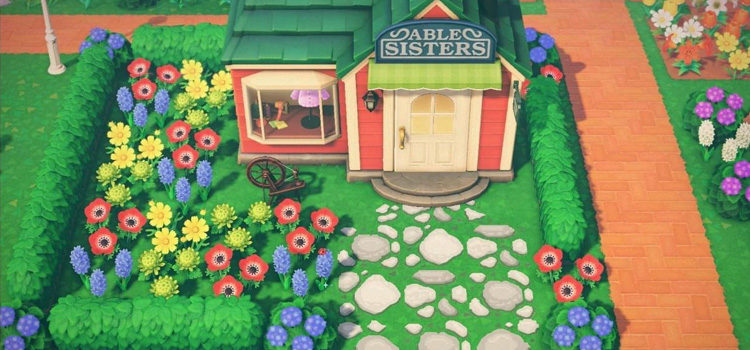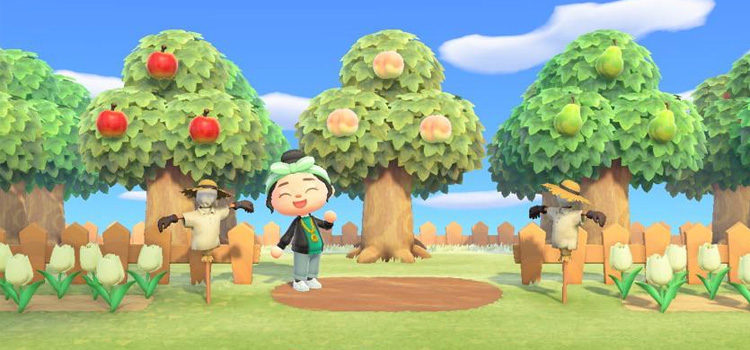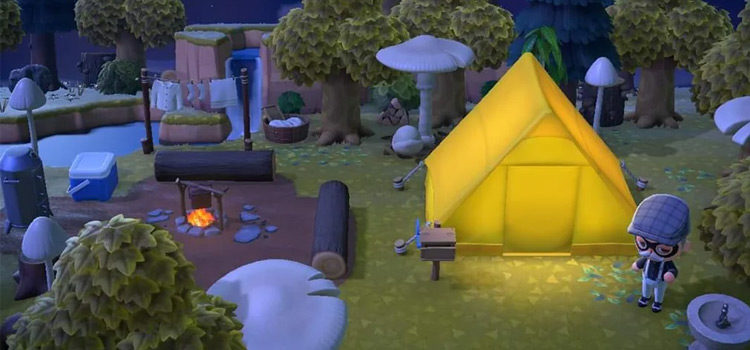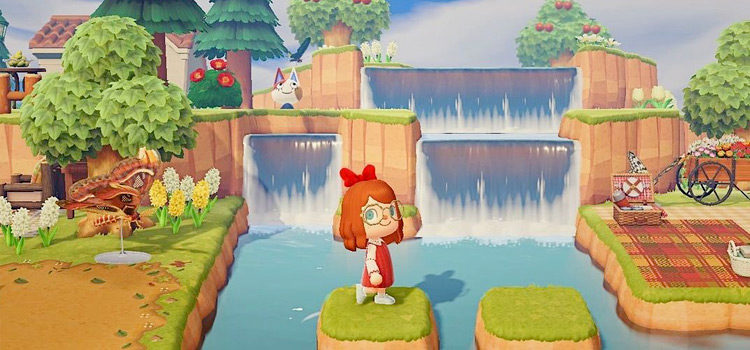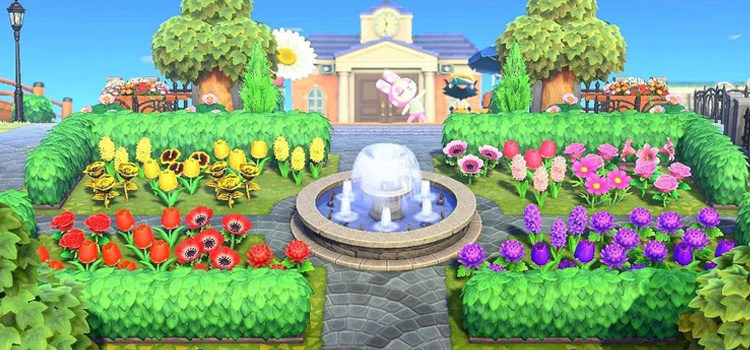What is Bardic Inspiration in D&D 5e?
This post may contain affiliate links. If you buy something we may get a small commission at no extra cost to you. (Learn more).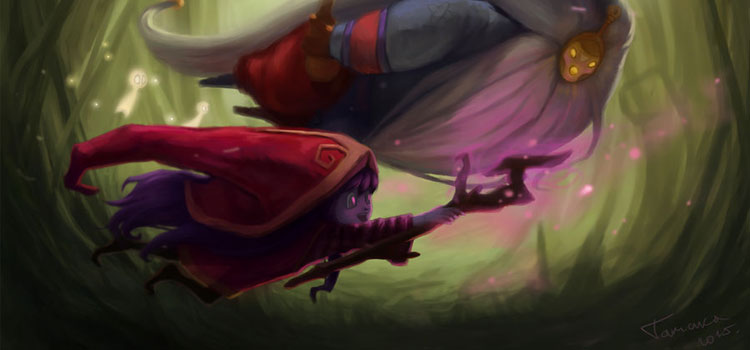
Bardic Inspiration is a powerful ability that all bards get at Level 1 in D&D 5e.
With Bardic Inspiration, every bard can use a bonus action to give a Bardic Inspiration die to another creature, or most often another character in the party. A player with a bardic inspiration die can spend that die by rolling it to add the result to an ability check, attack roll, or saving throw (basically any D20 roll).
If possible, I recommend giving the other player a real die to hold onto so they don’t forget about having inspiration. The size of the die starts at a d6 and increases as the bard gains levels.
Although it might not seem powerful at first, it’s an ability that remains relevant and useful to a bard throughout a campaign as they level up.
This can be amazingly powerful, since it can help a player pass a debilitating saving throw, land an important hit, or pass a critical skill check.
Bardic Inspiration Details
Players can wait until after their d20 roll, but before results are announced, to decide whether or not to use bardic inspiration. Which is pretty awesome because it means you don’t need to waste bardic inspiration on rolls that would be an obvious success or failure.
For the bard there’s barely a cost to handing out these inspiration dice, especially at low levels.
It takes a bonus action, but there’s little else for most bards to do with their bonus action at low levels. This means that a bard can still use their action to attack, cast a spell, or do something else.
And bardic inspiration gets even better as the bard gains levels.
If the bard’s charisma improves, they gain more inspiration dice to use. At level 5, their bardic inspiration dice restore on a short rest instead of a long rest.
And at levels 5, 10 and 15, the die increases in size moving to a d8, d10, and finally a d12.
Bards also get an inspiration ability at level 20, but it’s garbage and not even worth talking about.
If you use the Optional Class Features from Tasha’s Cauldron of Everything, a creature that has an inspiration die can use it instead to add damage to a spell attack, or to add healing to a healing spell.
This isn’t particularly notable, but it’s better than nothing since it gives casters something new to do with inspiration. Especially if they want to cast a healing or attack spell that doesn’t require an attack roll.
Even better, starting at level 3 all bard subclasses get additional ways to use their Bardic Inspiration.
These uses can add or subtract from certain d20 rolls, implement special battle moves, or give the targets of your inspiration some additional bonuses and abilities. Many of these are amazingly fun and powerful.
Details about some of the options for bardic inspiration are given below for the various subclasses.
Bardic College: Lore
(3) You can lower a target’s attack roll, damage roll or ability check.
(14) You can add bardic inspiration to your own ability check.
My Notes:
(3) this ability is amazing!
(14) this is fine too.
College of Valor
(3) A PC can use BI do additional damage or add to its AC.
My Notes:
(3) this is good. Adding to AC could really save someone’s neck at times. Additional damage is OK, but often not the best use.
College of Creation
(3) A PC gets minor bonuses when they use BI.
(6) You can command your animated artifact on the same turn as you give BI.
My Notes:
(3) This is ok
(6) Good. This makes it much easier to hand out inspiration without giving up another bonus action ability.
College of Eloquence
(3) Subtract from a target’s saving throw.
(6) If a PC uses but still fails the roll, they get to keep the die.
(14) If a PC uses BI, you can use a reaction to give BI to another creature (# uses = your Cha modifier per long rest)
My Notes:
(3) As a full spellcaster you really want your spells to stick. This helps that happen. This is awesome and helps make the College of Eloquence bard quite possibly the best bard subclass.
(6) Makes your BI last longer. Very good.
(14) More BI for everyone. Very good.
College of Glamour
(3) give out temporary HP to others and allow them to move without provoking attacks.
My Notes:
(3) Good, especially for a party with lots of martial characters that might want to reposition itself in the middle of a fight.
College of Swords
(3) Do special moves (“blade flourish”) with your attacks.
(14) Blade flourish every turn with a d6 without spending inspiration.
My Notes:
(3) Pretty decent if you enjoy melee, which you probably do if you’re in the College of Swords. Note, these moves work with ranged weapon attacks, too.
(14) Really nice if you like melee. However, by Level 14, you probably have better (spellcasting) options than a melee attack.
College of Whispers
(3) Do psychic sneak attack damage like a rogue.
My Notes:
(3) OK. Nice thing is that you can do this on any weapon attack, including ranged weapons. But you’ll quickly run out of inspiration if you use psychic blades too often.
